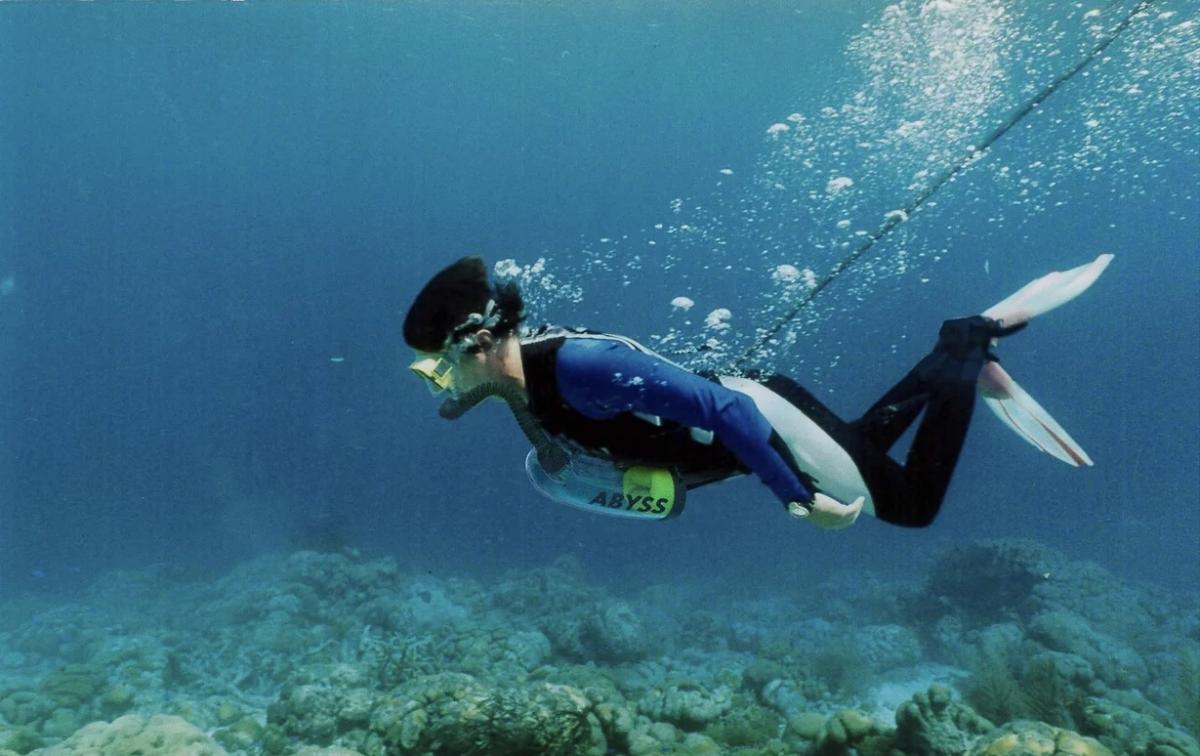Diving to a depth of five meters has never been easier than with this light immersion equipment, which does not require an air cylinder.
The device EXOlung It allows breathe underwater without oxygen cylinder. A kind of snorkel 2.0 It does not force you to come to the surface to breathe. Practice scuba diving without autonomous diving equipment.
For diving shallow, the normal thing is to use a snorkel, the classic tube that allows us to breathe taking it out of the water, when we have run out of air in the lungs. But this instrument only allows diving to a depth of a few meters, and you have to continually return to the surface to breathe.
The team autonomous diving EXOlung is a kind of “artificial lung” that is placed in the chest. It is connected to a buoy that floats on the surface. It is autonomous because the buoy floats freely, it is not tied. When you need the cable, only allows you to dive to a depth of 5 meters. You can see it in action in the opening video of the news.
How does it work EXOlungso that we can breathe underwater no oxygen cylinder?
The pumping of air from the buoy to the “artificial lung” is completely manual. It is necessary to place some rubber bands on the legs connected to the device. To the shrink legs, the pressure of the air causes it to be “inhaled” inside the pump that we have in our chest, allowing us to breathe.
When we stretch our legs, the pump expands and we expel air to the outside. It’s a “bellows” effect that’s actually a lot like how early scuba gear worked, over a hundred years ago.
The difference is that EXOlung is infinitely lighter and more portable. all the equipment It only weighs 3.2 kilos, and the manual air pump that we carry on our chest only measures 40 x 30 x 30 centimeters. And besides, it is quite affordable. when it goes on sale It will cost less than 300 euros.
The device EXOlung looks like a autonomous diving equipment very interesting to practice recreational diving Y breathe underwater at a depth of five meters, without relying on an oxygen cylinder, or continually returning to the surface.








Comments